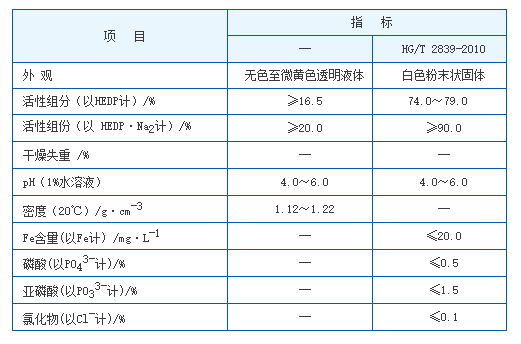Optimizing the Use of Anionic Polyacrylamide Flocculants in Water Treatment Applications
The Role of Anionic Polyacrylamide Flocculant in Water Treatment
Anionic polyacrylamide (APAM) is a versatile polymer widely used in various applications, particularly in the fields of water treatment, soil stabilization, and sedimentation. As a flocculant, APAM plays a crucial role in enhancing the efficiency of solid-liquid separation processes. Its effectiveness can be attributed to its unique chemical structure and properties, which allow it to interact with suspended particles and facilitate their aggregation.
Understanding Anionic Polyacrylamide
Anionic polyacrylamide is a synthetic polymer derived from acrylamide with anionic functional groups. This anionic nature enables the polymer to interact favorably with positively charged particles in the water, such as clay, silt, and other impurities. The flocculation process involves the bridging of particles together through the polymer chains, forming larger aggregates, or flocs, that can be easily removed from the water column.
Applications in Water Treatment
APAM is particularly beneficial in municipal and industrial wastewater treatment processes. In municipal wastewater treatment plants, it is used to enhance the sedimentation of solids in clarifiers and thickeners. The addition of APAM leads to a significant increase in the rate of settling, reducing the time required for the treatment of effluents.
In industrial applications, APAM finds utility in the mining, paper, and textile industries. For instance, in the mining sector, APAM is used to separate valuable minerals from waste materials. The polymer's ability to create larger flocs results in better recovery of these minerals and lowers the amount of waste produced.
Advantages of Anionic Polyacrylamide
The use of APAM as a flocculant offers several distinct advantages
anionic polyacrylamide flocculant

1. Improved Settling Rates One of the primary benefits of using APAM is its ability to enhance the settling rates of suspended solids. This leads to more efficient sedimentation processes and reduces the volume of sludge produced.
2. Better Water Clarity The aggregation of smaller particles into larger flocs also results in clearer effluent water. This is critical for meeting environmental discharge standards and ensuring that treated water is safe for release back into natural water bodies.
3. Versatility APAM can be adjusted in molecular weight and charge density according to specific treatment needs, making it suitable for a wide range of applications across different industries.
4. Cost-Effectiveness By increasing the effectiveness of solid-liquid separation, APAM can lower operational costs in water treatment facilities. Less energy and time are required for processing, which contributes to overall cost savings.
Environmental Considerations
While APAM is highly effective as a flocculant, it is essential to consider its environmental impact. Proper handling and usage are necessary to mitigate any potential risks associated with synthetic polymers. There have been concerns about the biodegradability of polyacrylamide-based products. However, advancements in polymer chemistry have led to the development of more environmentally friendly formulations.
Ongoing research into the degradation and ecological effects of APAM is crucial for ensuring that its benefits in water treatment do not come at the expense of environmental health. It is vital to establish guidelines for its use and develop alternatives that can offer similar efficiency without posing risks.
Conclusion
Anionic polyacrylamide flocculant represents a significant advancement in water treatment technology. Its ability to enhance sedimentation and improve water clarity makes it invaluable to various industries. As the demand for cleaner water grows and environmental regulations become more stringent, the role of APAM is likely to expand. Nonetheless, continuous research and responsible management practices will be essential for maximizing its benefits while minimizing environmental impacts.
-
lk-319-special-scale-and-corrosion-inhibitor-for-steel-plants-advanced-solutions-for-industrial-water-systemsNewsAug.22,2025
-
flocculant-water-treatment-essential-chemical-solutions-for-purification-processesNewsAug.22,2025
-
isothiazolinones-versatile-microbial-control-agents-for-industrial-and-consumer-applicationsNewsAug.22,2025
-
scale-inhibitor-key-solutions-for-water-system-scale-preventionNewsAug.22,2025
-
organophosphonates-versatile-scale-inhibitors-for-industrial-water-systemsNewsAug.22,2025
-
scale-and-corrosion-inhibitor-essential-chemical-solutions-for-water-system-maintenanceNewsAug.22,2025





